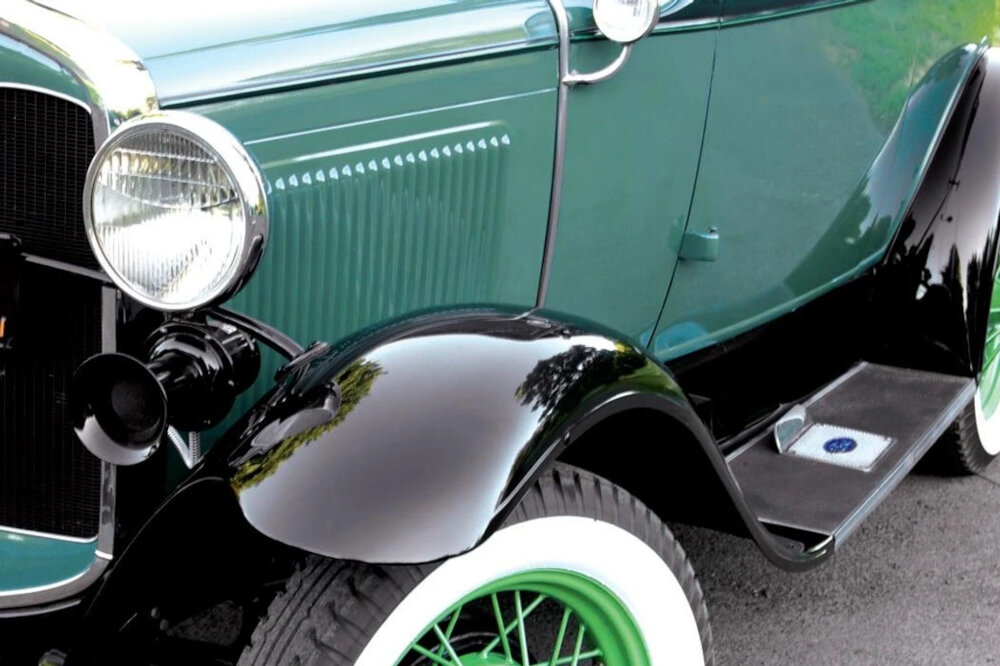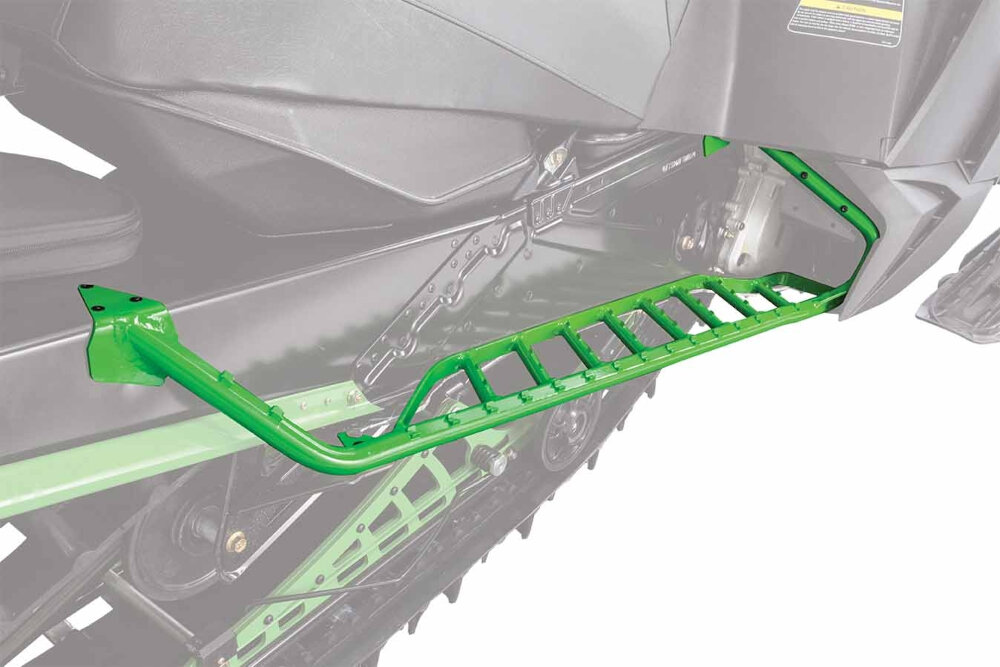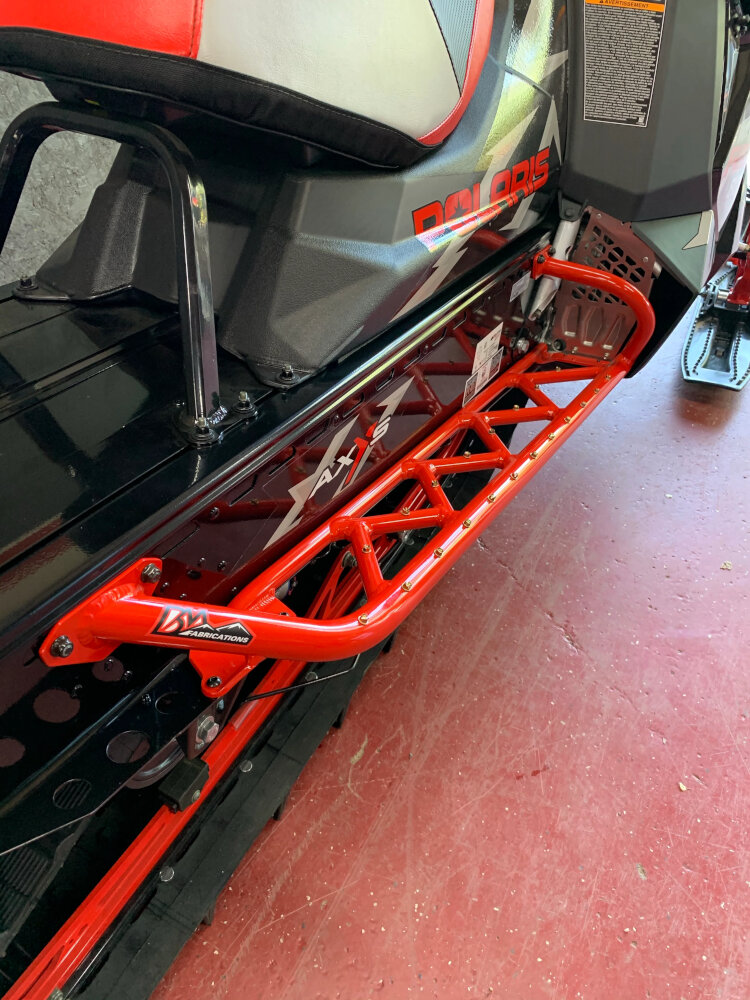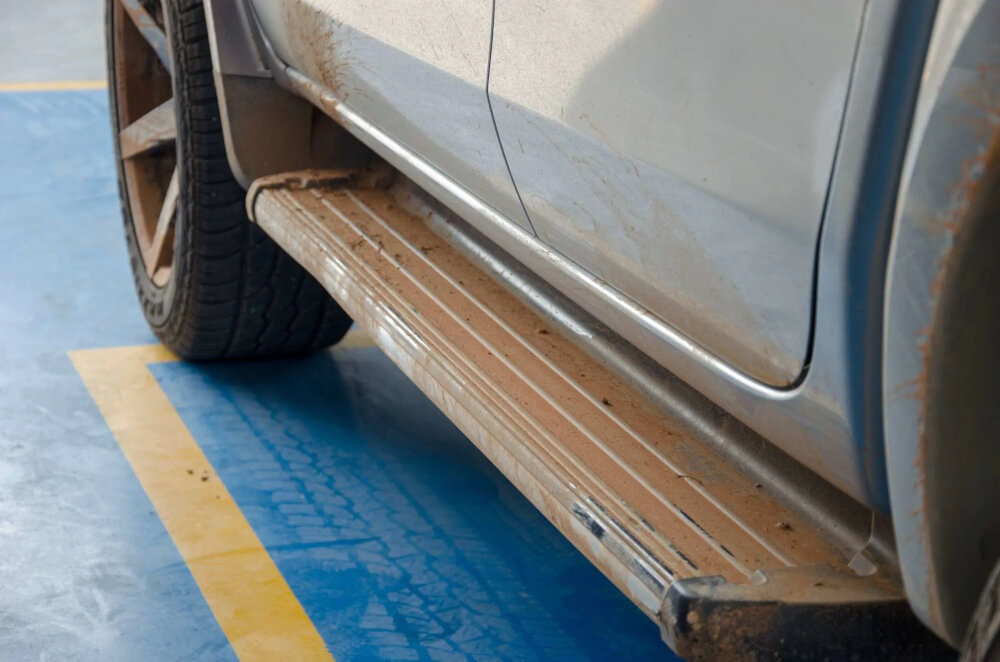DIY Guide: Restore Your Plastic Car Running Boards Like a Pro

Looking to restore your old and worn-out plastic car running boards but don’t want to spend a fortune at a professional auto shop? Fear not, as you can restore your plastic car running boards like a pro with this DIY guide. Restoring your plastic car running boards can not only enhance the look of your car but also prolong the lifespan of the running boards and improve the overall safety of your vehicle. With a little bit of patience and some handy tools, you can restore your plastic car running boards to their former glory and save yourself some money in the process. Plastic car running boards are a common component of modern vehicles and are often made from durable materials that can withstand the wear and tear of daily use. Over time, however, plastic running boards can become faded, cracked, or stained, detracting from the overall appearance of your car. Fortunately, restoring your plastic car running boards is a straightforward process that can be accomplished with the right tools and a bit of elbow grease. Whether you’re looking to restore your running boards for aesthetic reasons or to improve the safety of your car, this DIY guide will provide you with all the information you need to get the job done like a pro.
Plastic car running boards are an essential component of a vehicle that usually runs along the sides of the car and serves as a step to help passengers get in and out of the car with ease. They are made of plastic to ensure durability and resistance to wear and tear over time. Plastic car running boards also play a critical role in protecting the undercarriage of the car from damage caused by debris on the road. However, due to constant exposure to harsh weather conditions and other environmental factors, they can become discolored, faded, and damaged, which can significantly impact the overall appearance of the car. Thus, it is essential to restore and maintain the plastic car running boards to ensure the car’s aesthetic appeal and longevity.
Materials Needed

When it comes to restoring your plastic car running boards, there are certain materials that you will need to have on hand in order to achieve the best results. The first thing that you will need is a high-quality plastic cleaner. This type of cleaner is specifically designed to remove dirt and grime buildup from plastic surfaces, and can help to restore the original look and shine of your running boards. Additionally, you will need a plastic restorer, which can help to rejuvenate the color and texture of your running boards, making them look like new once again. In addition to these two key materials, there are some other items that you may find helpful when restoring your plastic car running boards. For example, you may want to have a soft-bristled brush on hand to help scrub away any stubborn stains or dirt buildup. A microfiber towel can also be useful for wiping away excess cleaner or restorer, and for buffing your running boards to a high shine. Finally, you may want to consider using a plastic protectant spray to help keep your running boards looking great for longer, and to protect them against future damage from dirt and UV rays. With these materials in hand, you’ll be well on your way to restoring your plastic car running boards like a pro.
Restoring plastic car running boards requires a handful of essential materials to ensure the process is executed correctly. Firstly, a gentle soap and water solution should be used to clean the boards thoroughly, followed by a plastic cleaner to remove any stubborn stains or marks. A fine-grit sandpaper should then be used to smooth any rough areas and prepare the surface for painting. A plastic adhesion promoter should be applied to promote the paint’s bonding, and a plastic primer should be used to ensure a smooth and even finish. Finally, a high-quality automotive-grade plastic paint should be applied, and a clear coat can be added for extra protection and shine. With these materials at hand, restoring plastic car running boards can be a simple and efficient DIY project.
Each material used in restoring plastic car running boards is necessary to achieve a professional finish. The heat gun is essential in softening the plastic surface, making it easy to remove dirt and grime. The sandpaper helps to smooth out any rough surfaces before applying the primer and paint. The plastic primer is crucial in ensuring the paint adheres properly to the plastic surface, preventing it from chipping or peeling off. The spray paint not only adds color to the plastic, but also provides a protective layer against UV rays and other environmental factors. Lastly, the clear coat seals in the paint, giving it a glossy finish and protecting it from scratches and fading. Together, these materials will restore your plastic car running boards and give them a brand new look.
Steps to Restore Plastic Car Running Boards

If you are a car owner, you know how important it is to maintain your vehicle’s appearance. One of the most neglected areas of a car is the plastic running boards. Over time, they can fade, crack, and become dingy. Restoring your plastic car running boards can give your vehicle a fresh look and improve its overall aesthetic. Here are some steps to help you restore your plastic car running boards like a pro. First, you need to clean the running boards thoroughly. Use a degreaser and a stiff brush to remove any dirt, grime, or grease from the surface. Next, sand the running boards with a fine-grit sandpaper to remove any scratches or imperfections. After sanding, use a plastic cleaner and a microfiber cloth to remove any remaining debris. Once the running boards are clean and dry, apply a plastic restorer solution with a foam applicator pad. Allow the solution to dry for at least 30 minutes before applying a second coat. Finally, buff the running boards with a clean microfiber cloth to remove any excess residue. By following these steps, you can restore your plastic car running boards and make them look like new again.
If you want to restore your plastic car running boards to their former glory, it’s important to take a step-by-step approach. First, clean the boards thoroughly with a mixture of warm water and dish soap, using a soft-bristled brush to remove any dirt or grime. Next, use a plastic cleaner to remove any stubborn stains or marks. Once the boards are clean, sand them lightly with fine-grit sandpaper to create a smooth surface. Apply a plastic restorer or protectant to the boards to restore their shine and protect them from future damage. Finally, buff the boards with a microfiber cloth to remove any excess product and achieve a polished finish. By following these steps, you can restore your plastic car running boards like a pro and keep them looking great for years to come.
If you want to restore your plastic car running boards like a pro, there are a few tips and tricks that can help you achieve the best results. First and foremost, make sure to thoroughly clean the running boards before beginning the restoration process. This will ensure that any dirt, grime, or other debris is removed, allowing the restoration products to properly adhere. Additionally, choose the right restoration products for your specific type of plastic running boards, and follow the manufacturer’s instructions carefully. Don’t rush the process – take your time and be patient, allowing each coat of product to fully dry before applying the next. Finally, consider using a protective coating to help maintain the restored appearance of your running boards over time. With these tips and tricks in mind, you can restore your plastic car running boards to like-new condition, without breaking the bank.
When restoring your plastic car running boards, it’s important to take safety precautions to avoid accidents or injuries. Firstly, wear protective gear such as gloves and safety glasses to prevent any chemicals from coming into contact with your skin or eyes. Secondly, work in a well-ventilated area to avoid inhaling any fumes or dust particles. Thirdly, keep any flammable materials away from your workspace to prevent fires or explosions. Lastly, follow the manufacturer’s instructions carefully when handling any chemicals or equipment to ensure that you are using them safely and effectively. By taking these safety precautions, you can confidently restore your plastic car running boards like a pro without putting yourself or others at risk.
Maintenance Tips

Maintaining your plastic car running boards is essential to their longevity and overall appearance. To keep them looking like new, there are a few maintenance tips to follow. Firstly, it’s important to clean them regularly with soap and water to remove any dirt or debris that may accumulate. This will prevent the plastic from becoming discolored or stained over time. Additionally, it’s recommended to apply a protectant to the running boards to shield them from UV rays and other environmental factors that can cause them to fade or crack. This will also help to keep them looking shiny and new for longer. Another important maintenance tip is to inspect the running boards for any signs of damage, such as cracks or chips. If any damage is found, it’s important to repair it as soon as possible to prevent it from worsening. There are several DIY repair kits available that can be used to fill in cracks and chips. It’s also important to avoid parking on rough or uneven surfaces that could cause damage to the running boards. By following these maintenance tips, you can extend the life of your plastic car running boards and keep them looking great for years to come.
Restoring plastic car running boards can be a challenging task, but maintaining them can be even more important. To keep them looking their best, it’s important to clean them regularly with soap and water, and avoid using harsh chemicals that could damage the plastic. Additionally, it’s a good idea to keep the boards protected from the elements, such as rain, snow, and direct sunlight. One way to do this is by applying a protective coating, such as a spray-on wax or silicone-based protectant. It’s also recommended to avoid driving on rough terrain or through deep puddles, as this can cause scratches and other damage to the running boards. By following these simple steps, you can keep your restored plastic car running boards looking like new for years to come.
To prevent future damage to your plastic car running boards, there are several suggestions you can follow. Firstly, avoid parking your car in direct sunlight for prolonged periods as this can cause the plastic to fade and become brittle. Secondly, regularly clean your running boards with a mild soap and water solution to prevent dirt and grime from accumulating. Thirdly, avoid using harsh chemicals or abrasive materials when cleaning your running boards as this can cause scratches and damage to the plastic surface. Finally, apply a protective coating to your running boards to help prevent damage from exposure to the elements and regular wear and tear. By following these suggestions, you can help ensure that your plastic car running boards remain in good condition for years to come.
Frequently Asked Questions

Frequently Asked Questions or FAQs are an essential element of any instructional or how-to article. The DIY Guide on Restoring Your Plastic Car Running Boards is no exception. In this article, the FAQs section aims to answer common queries that readers might have while attempting to restore their plastic car running boards. These questions range from the tools required for the restoration process, the time it takes to complete the job, and the durability of the restored running boards. One of the most common questions that readers might have about the restoration process is the time it takes to complete the job. The answer to this question depends on various factors, such as the extent of damage to the running boards, the tools and materials used, and the expertise of the person performing the restoration. However, in general, the restoration process should take anywhere between two to four hours, depending on the factors mentioned above. It is important to note that rushing through the process can result in a subpar outcome, so it is essential to take your time and follow the steps outlined in the DIY guide carefully.
If you’re looking to restore your plastic car running boards, you may have some questions about the process. One common question is whether it’s better to replace the running boards altogether or attempt to restore them. The answer depends on the extent of the damage. If the running boards are severely cracked or broken, it’s likely that replacement is the best option. However, if the damage is relatively minor, restoration can be a cost-effective solution. Another common question is whether to use a DIY restoration kit or hire a professional. Again, the answer depends on the extent of the damage and your own level of experience with automotive repairs. A DIY kit can be a good option for minor damage, while more extensive damage may require the expertise of a professional.
Restoring your plastic car running boards is a simple and cost-effective DIY project. First, thoroughly clean the running boards with soap and water, then use a plastic cleaner to remove any dirt or grime. After the boards are clean and dry, apply a plastic restorer to the surface using a cloth or sponge. Allow the restorer to dry, then buff the running boards with a clean cloth to bring out the shine. For deeper scratches or damage, sand the affected area with a fine-grit sandpaper before applying the restorer. With a little effort and attention to detail, your car running boards will look as good as new in no time.
Plastic car running boards are an essential part of any car. They provide a stable surface for entering and exiting the vehicle, protect the underside of the car from debris, and enhance the car’s aesthetic appeal. However, over time, these running boards can become worn, faded, and damaged, compromising their functionality and appearance. This is where restoring plastic car running boards comes into play. By restoring these components, you can not only improve their functionality and appearance but also extend their lifespan. Restoring plastic car running boards involves cleaning, sanding, and repainting or retexturing the surface, resulting in a like-new look that adds value to your car.
Restoring your plastic car running boards may seem like a daunting task, but don’t let that deter you from trying it yourself! With the right tools and a little guidance, you can achieve professional-looking results and save yourself the cost of hiring a professional. Not only will you feel a sense of accomplishment, but you’ll also be extending the life of your car’s running boards and improving its overall appearance. So, roll up your sleeves and give it a try – you might just surprise yourself with the fantastic results you can achieve!
Conclusion

In conclusion, with just a few simple steps and some elbow grease, you can restore your plastic car running boards to their former glory. By following this DIY guide, you can save money and time while achieving professional-looking results. Don’t let faded or damaged running boards detract from the appearance of your vehicle any longer. With a little effort and care, you can have them looking as good as new. So, roll up your sleeves and get to work, and soon you’ll be cruising down the road with confidence and style.

